I use a recurrent network (in special GRU) for predict a time serie with a lenght of 90 occurrences. The type of data is multivariante, and a follow this example.
Option 1:
I use keras for develop the rnn
n_train_quarter = int(len(serie) * 0.75)
train = values[:n_train_quarter, :]
test = values[n_train_quarter:, :]
X_train, y_train = train[:, :-1], train[:, - 1]
X_test, y_test = test[:, :-1], test[:, - 1]
# All parameter can be changes kernel, activation, optimizer, ...
model = Sequential()
model.add(GRU(64, input_shape=(X_train.shape[1], X_train.shape[2]),return_sequences=True))
model.add(Dropout(0.5))
# n is random
for i in range(n)
model.add(GRU(64,kernel_initializer = 'uniform', return_sequences=True))
model.add(Dropout(0.5))
model.add(Flatten())
model.add(Dense(1))
model.add(Activation('softmax'))
#Compile and fit
model.compile(loss='mean_squared_error', optimizer='SGD')
early_stopping = EarlyStopping(monitor='val_loss', patience=50)
checkpointer = ModelCheckpoint(filepath=Checkpoint_mode, verbose=0, save_weights_only=False, save_best_only=True)
model.fit(X_train, y_train,
batch_size=256,
epochs=64,
validation_split=0.25,
callbacks=[early_stopping, checkpointer],
verbose=0,
shuffle=False)
And the result with less error look like the image (there are various experiment with same result)
Option 2:
X_train, X_test, y_train, y_test = train_test_split(X, Y, test_size = 0.33, random_state = 42)
# All parameter can be changes kernel, activation, optimizer, ...
model = Sequential()
model.add(GRU(64, input_shape=(X_train.shape[1], X_train.shape[2]),return_sequences=True))
model.add(Dropout(0.5))
# n is random
for i in range(n)
model.add(GRU(64,kernel_initializer = 'uniform', return_sequences=True))
model.add(Dropout(0.5))
model.add(Flatten())
model.add(Dense(1))
model.add(Activation('softmax'))
#Compile and fit
model.compile(loss='mean_squared_error', optimizer='SGD')
early_stopping = EarlyStopping(monitor='val_loss', patience=50)
checkpointer = ModelCheckpoint(filepath=Checkpoint_mode, verbose=0, save_weights_only=False, save_best_only=True)
model.fit(X_train, y_train,
batch_size=256,
epochs=64,
validation_split=0.25,
callbacks=[early_stopping, checkpointer],
verbose=0,
shuffle=False)
And the result with less error print as
Can use "train_test_split" of sklearn with random select for the data?
Why is better the result with secuential data than with random selection data, if GRU is better with secuential data?

